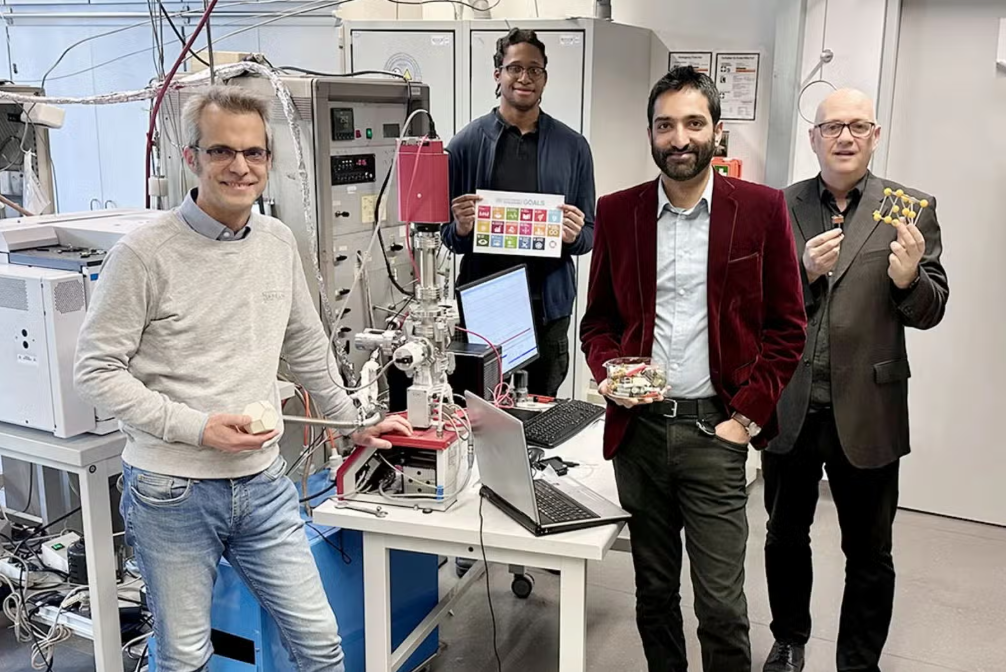

The age of smart recycling is here, and it's making sustainability not just necessary, but revolutionary. Researchers at Vienna University of Technology have found a way to transform everyday waste into a powerhouse of sustainability. Think used batteries and crumpled aluminium foil, normally destined for landfills, reborn as nanocatalysts that fight climate change.

These microscopic marvels don't just recycle waste, they upcycle it. The nanocatalysts are capable of converting harmful carbon dioxide (CO₂) into methane, a clean-burning fuel that can power everything from factories to freight. It's a radical rethinking of waste: not just reducing harm, but actively creating value.
This isn't just a lab experiment. It's a glimpse into a greener future where yesterday's trash fuels tomorrow's progress. By reclaiming valuable metals like nickel and giving waste a second, more powerful life, this innovation could slash emissions, clean our air, and redefine what we consider "waste."
Why battery waste matters
From electric cars to smartphones, batteries are the silent workhorses of modern life. But what happens when they die? The answer for nickel-metal hydride (Ni-MH) batteries is troubling, as they often end up as toxic time bombs.
"These batteries aren't just tricky to recycle—they're dangerous if ignored. Modern batteries are made from a complex mix of components, and that makes recovery a real technological challenge," said Prof. Günther Rupprechter of the Institute of Materials Chemistry
If not disposed of properly, these dead cells can leak harmful chemicals, spark fires, and release pollutants into the environment. But beyond the danger lies a wasted opportunity—because inside these discarded batteries are valuable materials just waiting for a second life. This is where science steps in—not just to clean up the mess, but to turn it into something extraordinary.
Also Read: Recycling aluminium waste using solar radiation
They may be dead weight to most of us, but old batteries are far from useless. Inside them lie valuable metals, like nickel, that are essential for building the next generation of power storage. In fact, by 2030, used batteries and scrap from battery factories across Europe could supply up to 16 per cent of the nickel needed for new batteries. That's enough to power 1.3 to 2.4 million electric vehicles every single year.
But there's a roadblock. The EU and UK currently have only about a tenth of the recycling capacity needed to hit that target. The demand is surging, but the infrastructure is lagging behind—fast. To close this critical gap, scientists and engineers are racing against the clock to invent smarter, faster, and more efficient recycling technologies. Because in the fight for a greener future, every battery counts and every bit of nickel matters.
Also read: Global aluminium recycling hit a speed-breaker in its path to boost circular economy
Image Source: Vienna University of Technology
Responses








